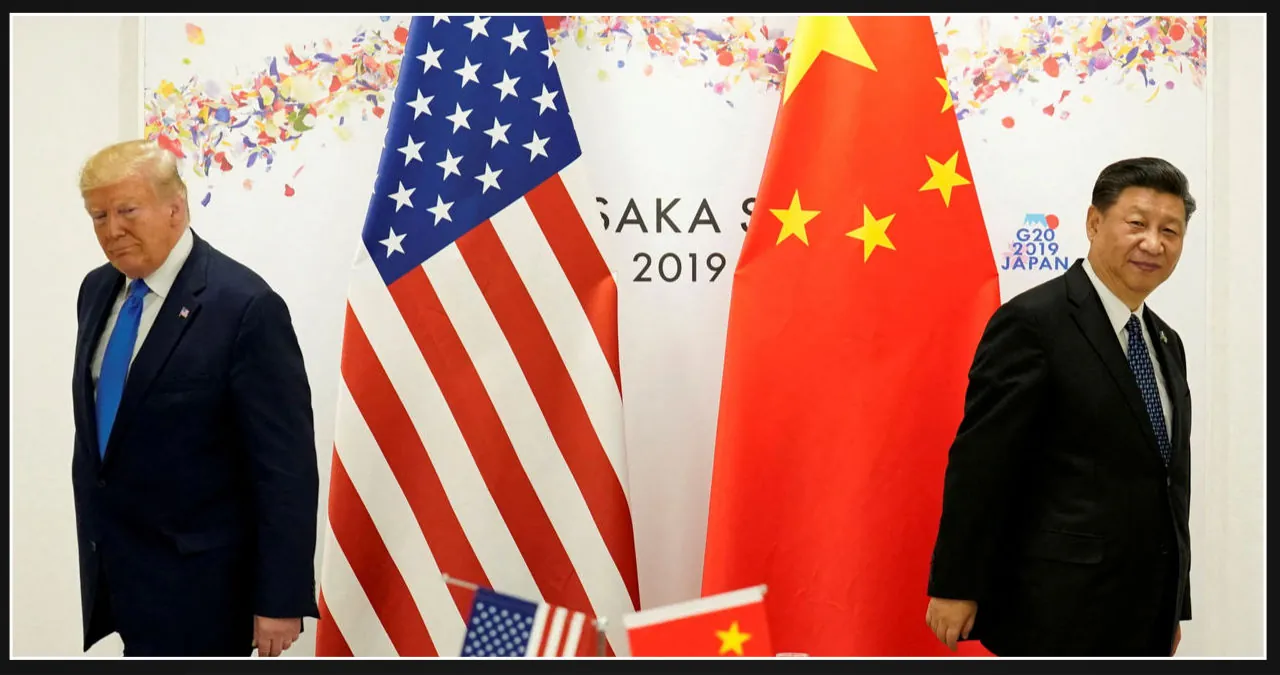A bipartisan bill was introduced by U.S. lawmakers on Thursday, aiming to revoke China’s preferential trade status with the United States. The bill also proposes the implementation of steep tariffs and the elimination of the “de minimis” exemption for low-value Chinese imports.
The Republican chair of the House of Representatives’ select committee on China, John Moolenaar, has introduced a bill in response to President Donald Trump’s actions.
On Monday, he asked his cabinet to evaluate the legislation regarding the Permanent Normal Trade Relations designation for Beijing.
In 2000, China’s entry into the World Trade Organization was facilitated by Congress’ approval of PNTR. However, the United States has consistently identified the significant involvement of the state in China’s economy, which includes substantial government subsidies for strategic industries, as a violation of the rules established by the global trade body.
Trump has made it clear that he is determined to address the significant trade surplus that China has with the United States.
As a highly skilled blogger and outstanding copywriter, I am fluent in English and have the ability to re-write text with a more human-like and active voice. I will follow the provided paragraph’s writing style and ensure that I do not skip any paragraphs or headings. I understand that I should not add any information or change quotes, anecdotes, or statements. Additionally, I will not include the source website name in the title and will avoid using self-reference words such as “heading” or “re-written”.
Republican Representative John Moolenaar, together with Democratic Representative Tom Suozzi, introduced the Restoring Trade Fairness Act, which also had a companion bill in the Senate. Moolenaar emphasized that the granting of Permanent Normal Trade Relations (PNTR) to China resulted in an influx of Chinese imports, a decline in U.S. manufacturing, and increased vulnerability to economic coercion from China, which is considered the United States’ primary adversary.
“This legislation will not only safeguard U.S. national security but also enhance supply chain resilience and bring manufacturing jobs back to America and our allies,” Moolenaar stated, acknowledging the failure of the previous gamble.
The Chinese embassy in Washington expressed concerns that implementing such a measure would have negative consequences for both Chinese and U.S. interests.
“Some U.S. politicians are attempting to undo progress and return Sino-U.S. economic and trade relations to the era of the Cold War,” stated Liu Pengyu, spokesperson for the embassy.
It is not immediately clear how the bill will become law, but Republicans have majorities in both the House and Senate. Lawmakers from both parties share the common goal of enhancing the competitiveness of American companies against China.
The introduction of multiple waves of U.S. tariffs during both President Trump’s first term and the Biden administration has effectively put an end to the PNTR treatment for China.
The proposed legislation, however, aims to eliminate the need for yearly recertification of the designation. It also seeks to establish fixed tariffs of at least 35% for non-strategic goods and a minimum of 100% for strategic goods. These tariffs would be implemented gradually over a five-year period, starting with a 10% tariff in the first year, followed by 25% in the second year, 50% in the fourth year, and finally reaching 100% by the fifth year.
The bill also aims to eliminate the de minimis treatment for specific countries, such as China.
Trump has advocated for modifications to the $800 de minimis duty-free exemption that is typically applicable to low-value shipments.
China is a major source of precursor chemicals.
Critics argue that de minimis policies contribute to the United States’ trade deficit with China, which amounted to a staggering $279 billion in 2023, as stated by the source.
A well-formatted and visually appealing blog post can make a significant impact on readers. When it comes to formatting, it’s important to use proper techniques such as bold, italics, underline, bullet points, and headings. These formatting elements help to break up the text and make it easier to read and understand. Additionally, using links to relevant sources and including images can also enhance the overall visual appeal of the blog post. Overall, a well-formatted blog post not only attracts readers but also keeps them engaged throughout the entire article.

